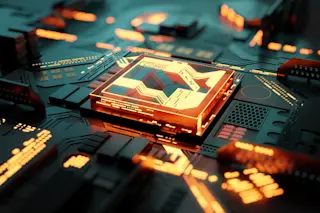On left, thick smudges black out parts of an aria from Luigi Cherubini's 1797 opera 'Médée.' On right, the same page as seen with iron fluorescence x-ray image in false color. Photo courtesy Uwe Bergmann / SLAC Whoever thinks that physicists can’t enjoy the artistic side of life should visit the SLAC National Accelerator Laboratory at Stanford. Researchers there have used the power of science to reveal for the first time in more than 200 years the full score of an 18th century opera, Médée. When Luigi Cherubini, one of his era’s best composers, wrote the opera in 1797, it was criticized for being too long. Allegedly, Cherubini angrily blacked out the final lines of the aria “Du trouble affreux qui me dévore” (“The terrible disorder that consumes me”). Whatever the reason behind it, the lines of music have been lost ever since, blacked out behind thick carbon. Recently a ...
X-rays Restore Lost Segment of 200-Year-Old Opera
Discover how physicists at SLAC revived Luigi Cherubini's lost opera 'Médée' using X-ray techniques, unveiling music hidden for centuries.
More on Discover
Stay Curious
SubscribeTo The Magazine
Save up to 40% off the cover price when you subscribe to Discover magazine.
Subscribe













